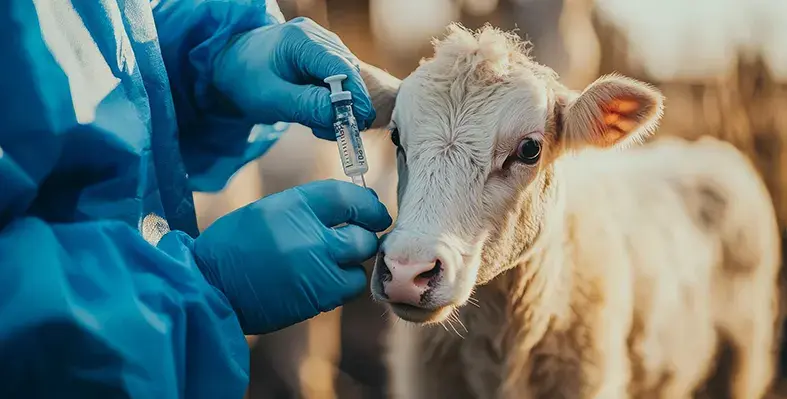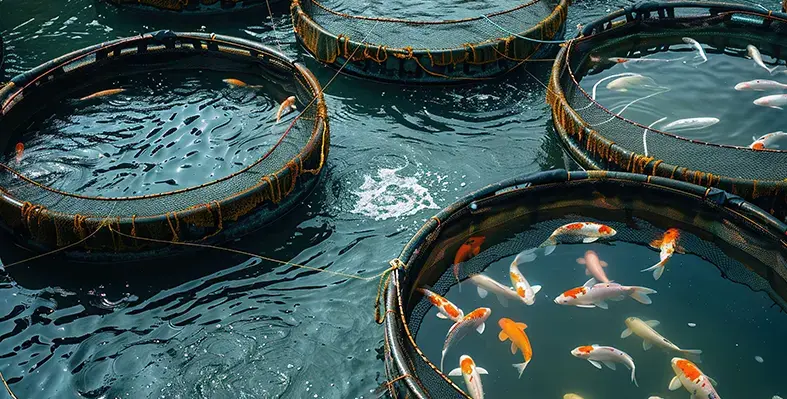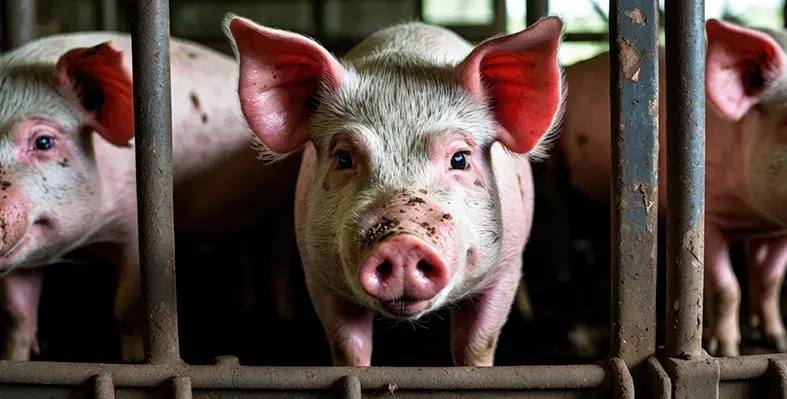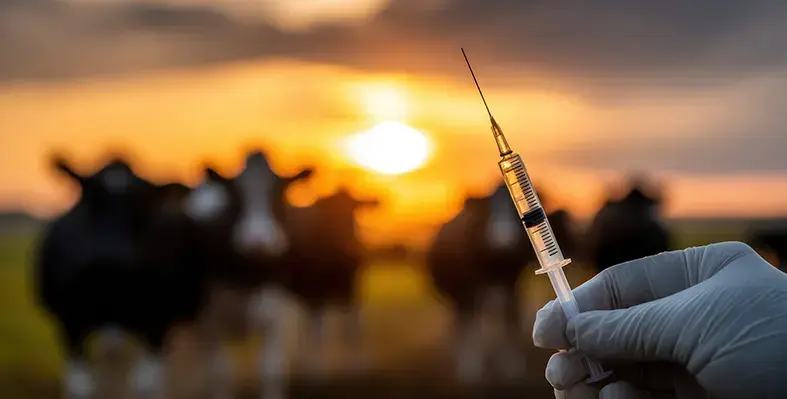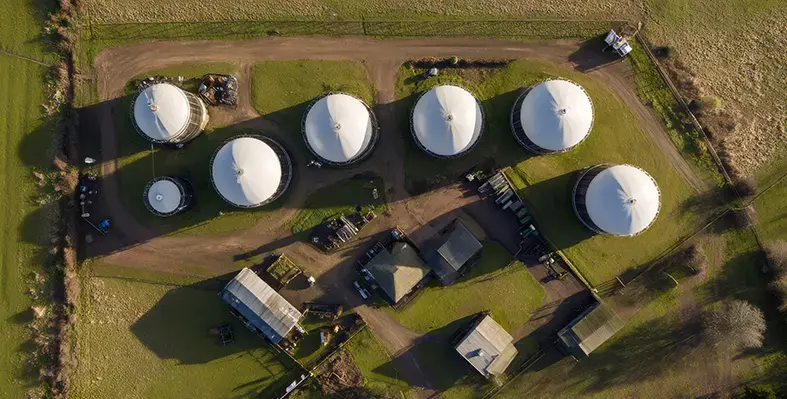
Biogas, sustainable farming, renewable energy, livestock farms, manure management, energy efficiency, agricultural sustainability, waste-to-energy, biogas systems, circular economy.
The increasing use of biogas electricity on livestock farms is reshaping how farmers handle manure, turning it into a valuable energy source
Traditionally, manure has been seen as waste, often causing environmental issues like water contamination and air pollution. However, with the growing emphasis on sustainable farming, biogas technology offers a dual solution—effective waste management and renewable energy production.
Biogas is generated through anaerobic digestion, a process that breaks down organic materials, such as manure, in the absence of oxygen. The outcome is methane, which can be converted into electricity or heat. This not only helps manage manure but also provides a clean alternative to traditional fossil fuels and grid electricity, helping farmers reduce energy costs and their environmental footprint.
In addition to environmental benefits, biogas systems offer significant financial advantages. Farmers can sell surplus electricity to the national grid, creating an additional revenue stream. The generated energy can also be used to power on-site operations, such as water pumping and heating systems for barns, reducing utility bills. Furthermore, the remaining digestate, the solid by-product of the biogas process, serves as a high-quality fertiliser, enriching the soil and closing the nutrient cycle.
Biogas is a key part of the broader push for renewable energy within agriculture. As the sector faces increasing pressure to meet sustainability targets, biogas technology presents a cost-effective, scalable solution that supports circular economies. It is particularly beneficial in areas with significant livestock farming, where manure is readily available as a raw material.
Despite its clear advantages, there are challenges to adopting biogas on a large scale. The initial installation costs of biogas systems can be high, and farmers may need technical expertise to operate them. However, government incentives, grants, and technical support are making it easier for farmers to invest in this technology.
In conclusion, biogas offers a promising solution for livestock farmers, transforming waste into valuable energy, lowering operational costs, and creating new income opportunities. As more farmers embrace this technology, biogas has the potential to significantly contribute to the sustainability and profitability of the agricultural sector, ensuring a cleaner, greener future for farming.





